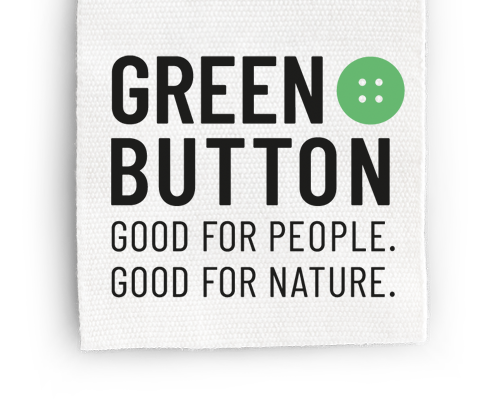Good for people – good for the environment
The Green Button – combines criteria for businesses and products
What requirements must be met by companies and textiles wishing to display the Green Button label?
The Green Button is the first government-run certification label ever to combine standards for textiles and for the entire company.
The Green Button is only awarded if both the product and the company comply with all requirements. That is what is special about the government-run textile label: the entire company is audited. Offering individual products for show is not enough.
A total of 46 demanding social and environmental standards must be met: 20 due diligence requirements and 26 social and environmental product requirements.
20 due diligence requirements
The due diligence requirements are based on the UN Guiding Principles for Business and Human Rights and the recommendations of the Organisation for Economic Co-operation and Development (OECD) for the textile sector.
The 20 due diligence requirements are applied to audit the business practices of the entire company. This is particularly relevant where production takes place in high-risk countries, where human rights, social and environmental standards are not yet adequately enforced. The company audit is, however, also conducted for production sites within the EU. Companies are required to demonstrate that potential risks are appropriately addressed, even within the EU.
The due diligence requirements correspond to five core elements:
Gear corporate policy to human rights and environmental protection
Companies commit to:
- accepting responsibility for their supply chains;
- ensuring responsible procurement practices;
- complying with international standards.
Analyse risks and impacts in the supply chain
Companies:
- systematically analyse and prioritise risks;
- are familiar with the impact of their business activities on human rights/the environment;
- take account of the OECD recommendations.
Take effective action
Companies:
- mitigate risks by taking appropriate measures and examining their effectiveness;
- end adverse impacts of their business activities;
- place orders on the basis of environmental and human rights criteria.
Report openly and transparently
Companies report:
- publicly;
- at least once a year;
- systematically on dealing with the risks and impacts of their own business activities.
Take complaints seriously
Companies:
- put in place a fair, accessible, transparent grievance mechanism for employees;
- have fixed internal processes for dealing with grievances;
- provide remedies and compensation should people or the environment sustain damage.
26 product requirements
When it comes to the textiles themselves, the Green Button builds on recognised certification labels. In the introductory phase, this applies to cutting and sewing as well as bleaching and dyeing. The social product criteria of the Green Button apply for cutting and sewing while the environmental product criteria apply for the production stages of bleaching and dyeing. Companies submit recognised, credible certification labels for these areas.
The Green Button does not yet cover the entire supply chain. Initially, it will look at cutting and sewing, and bleaching and dyeing. These are the manufacturing stages in which social and environmental challenges are the greatest. As part of the further development, expansion to other supply chain stages is planned (material and fibre use).
Environmental criteria (an excerpt)
Ban on hazardous chemicals
Specifically:
- ban on substances of very high concern (in line with the REACH Regulation);
- mandatory limit on heavy metals and other substances.
Biodegradability of chemical substances
The following, for instance, must be biodegradable:
- surfactants;
- softeners.
Limits for wastewater
Limits must be in place for:
- pollutants, temperature and pH in all relevant companies (e.g. dyeing works).
- Companies must comply with international standards such as the ZDHC Wastewater Guidelines.
Less air pollution and CO2
Which means consistent:
- monitoring of air pollution;
- monitoring of greenhouse gas emissions.
Use of natural fibres tested for pollutants
Which means:
- using natural fibres from organic agriculture, or
- banning hazardous pesticides, and
- examining fibres for agrochemical residues.
Sustainable procurement of chemical fibres
Which means:
- mitigating environmental impacts;
- ensuring the sustainable procurement of synthetic fibres (recycled synthetic fibres and cellulose fibres from sustainable forestry)
Social criteria (an excerpt)
Ban on forced labour and child labour
The following are banned:
- child labour and forced labour;
- confiscating workers’ identity documents;
- contraventions of the ILO conventions.
Ban on discrimination and harassment
The following are banned:
- discrimination in the workplace;
- physical and verbal abuse;
- intimidation, sexual harassment, degrading punishments.
Payment of the minimum wage
Which means:
- wages are at least equivalent to the national minimum wage or industrial standard (where higher);
- wages are paid on time.
Working hours and paid overtime
The following are guaranteed:
- working hours are limited;
- overtime is paid;
- company complies with ILO conventions;
- where these deviate from national legislation, the stricter regulations shall apply.
Right to freedom of association and collective bargaining
Which means:
- all employees are entitled to set up and join a trade union and to negotiate working conditions collectively;
- if these rights are restricted by law, alternative measures must be taken within the company to foster them.
Health and safety at work must be guaranteed
Which means:
- buildings, workplaces, machinery are safe;
- employees have personal protective equipment;
- emergency exits, fire safety procedures and evacuation drills are in place;
- employees have access to clean drinking water and sanitation.
Which certification labels are accepted as demonstrating compliance with the product requirements?
For a certification label to be accepted for the Green Button, it must not only meet the social and/or environmental criteria set but must also be classed as credible.
This means, for instance, the process by which the standard is determined must be public, (financial) structures must be transparent and regular independent audits must be conducted. The criteria for recognising the label are laid down in the statutes of the Green Button.
The following credible labels can be used to demonstrate compliance with the social and environmental criteria required for the Green Button during the introductory phase:
Social sustainability
criteria met
Environmental sustainability
criteria met
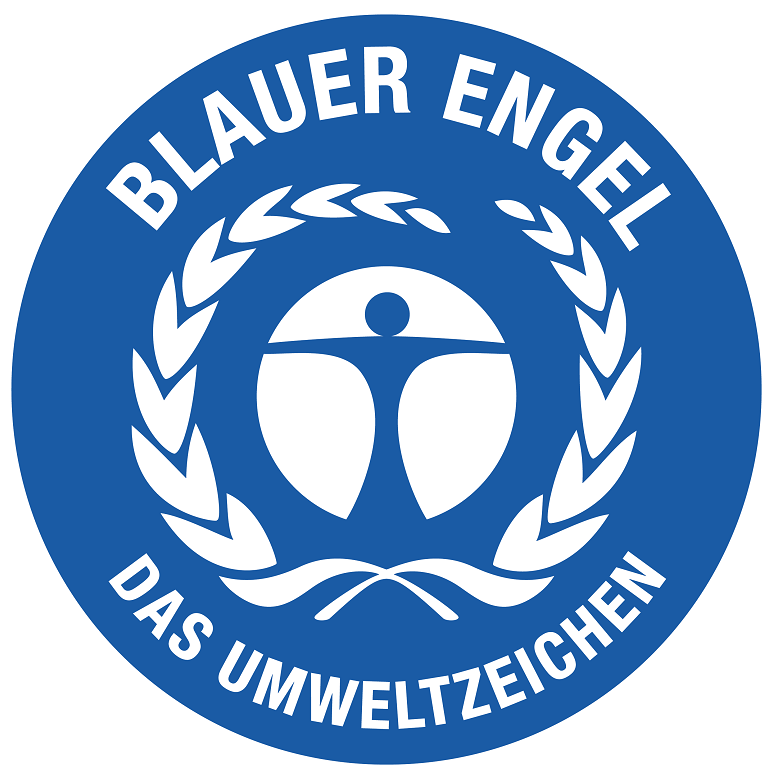

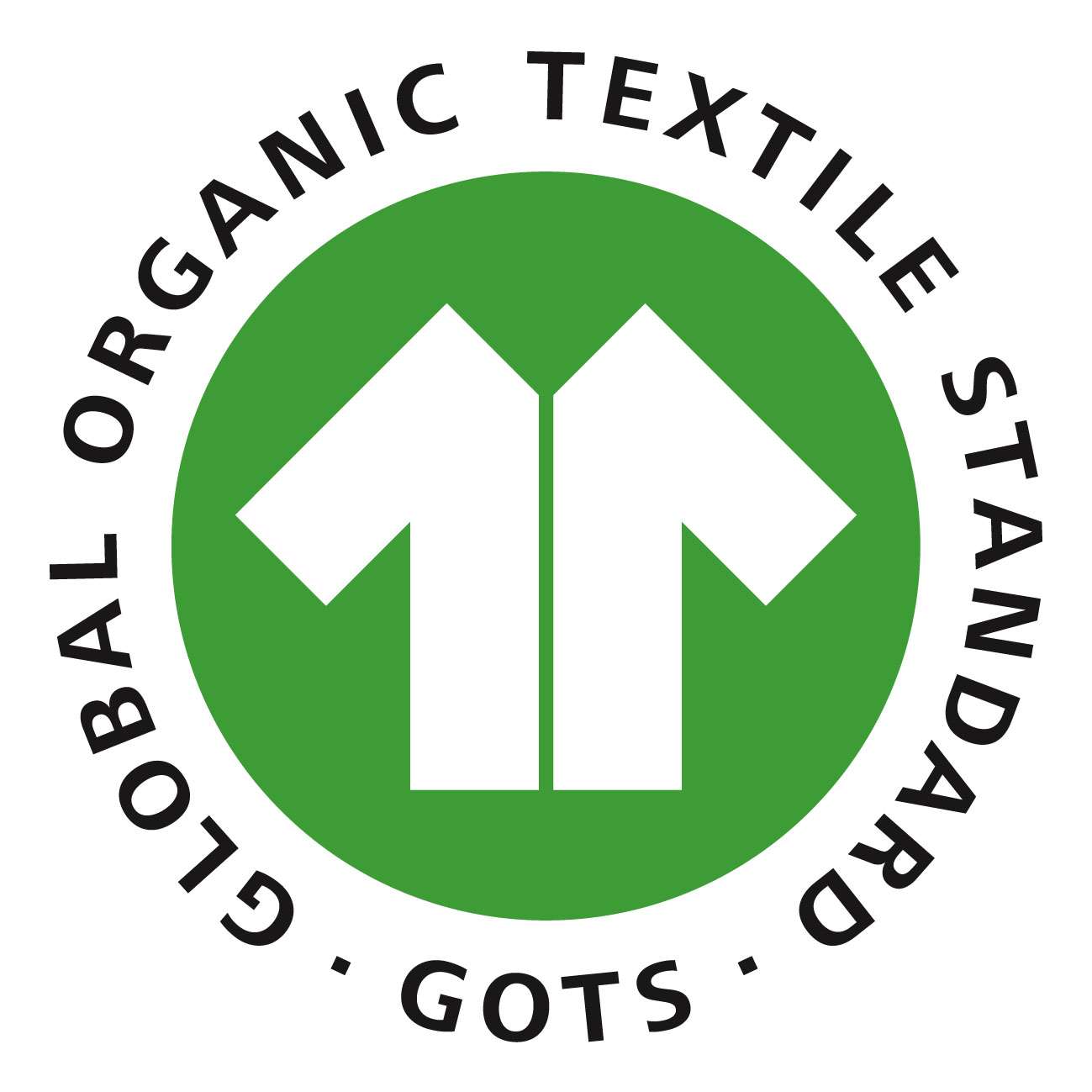



with standard 100 by Oeko-Tex**
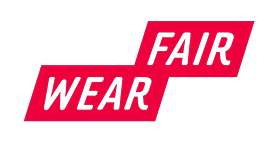
Can be used in conjunction with recognised certification label for environmental standards.
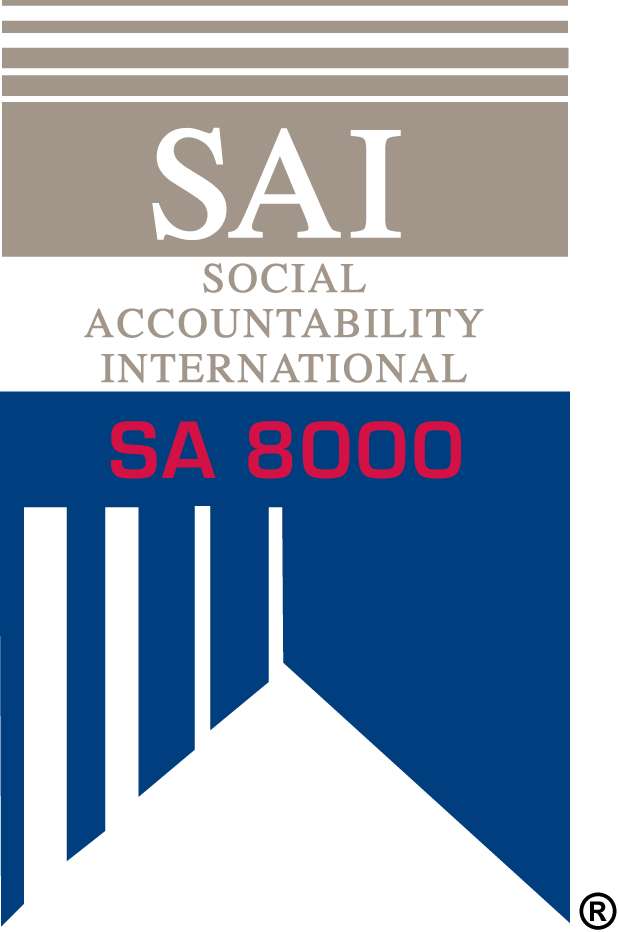
Can be used in conjunction with recognised certification label for environmental standards.
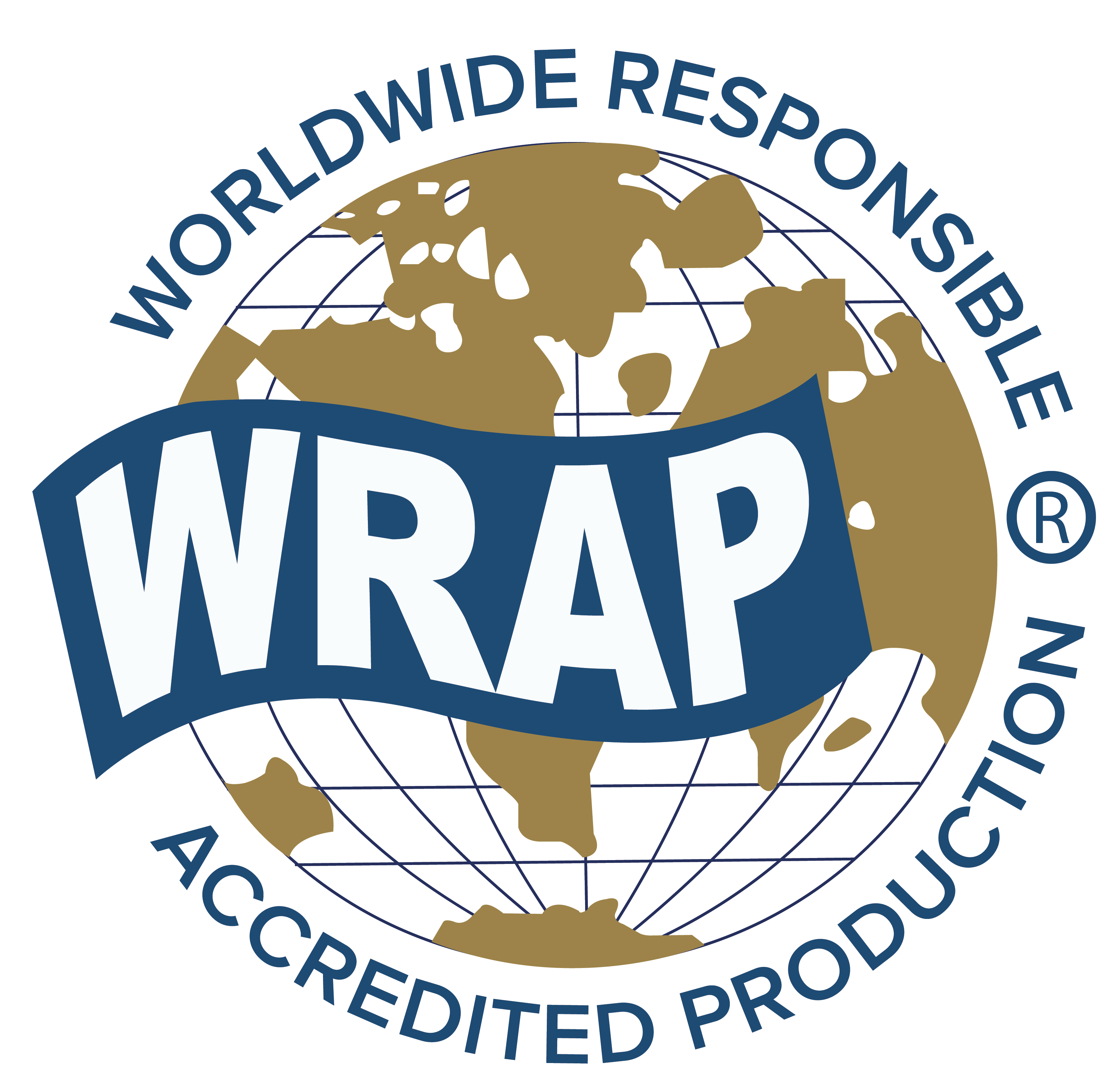
Can be used in conjunction with recognised certification label for environmental standards.

Can be used in conjunction with a recognised certification label for social standards.***
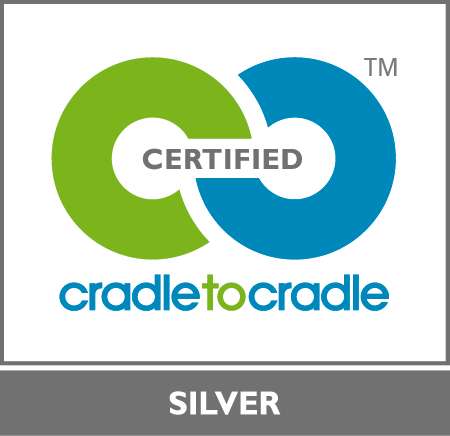
Can be used in conjunction with a recognised certification label for social standards.***
This recognition builds on the preliminary steps already taken by the companies and highly credible certification labels. The Green Button does not replace any existing certification label. Membership in the Partnership for Sustainable Textiles is also an important foundation for the Green Button in terms of corporate due diligence.
* Based on a supply chain approach, the importance of human rights due diligence and the requirement of a coherent monitoring and remediation system, Fair Wear assesses the performance of all member brands related to the implementation of the Fair Wear Code of Labour Practices. Fair Wear has no product criteria and does not certify products. Fair Wear Members that have achieved Leader Status have shown that almost all of their tier-1 suppliers are under Fair Wear-Monitoring (>90%). The Green Button recognizes the FWF-Monitoring as one of the most effective and credible monitoring systems for social and labour standards worldwide.
** The Global Recycled Standard meets the criteria of environmental sustainability only in combination with a simultaneous certification of the end product according to the standard 100 by Oeko-Tex.
*** If a company produces only within the EU, a recognised label must be produced as evidence of compliance with environmental standards. Evidence of compliance with social standards can be provided by means of a company audit. In this case, the company must demonstrate in which EU member states and by which suppliers the production takes place. It must also demonstrate that any remaining risks regarding compliance with the product-related social criteria are appropriately addressed even within the EU. There is then no further need to produce any social standards label.
